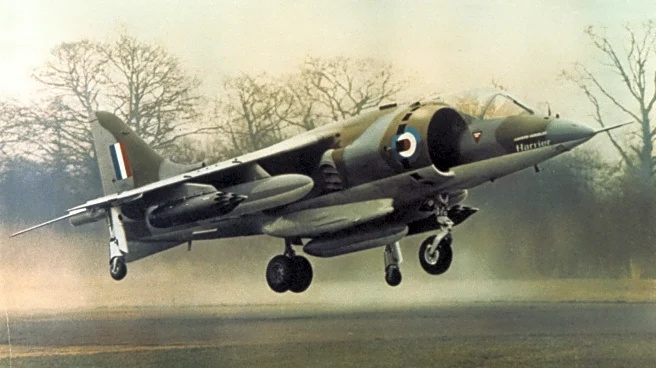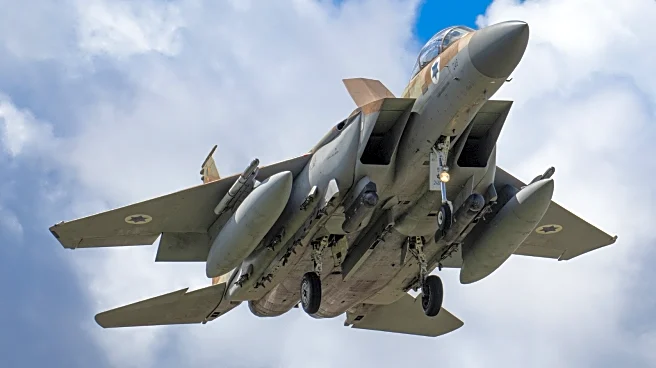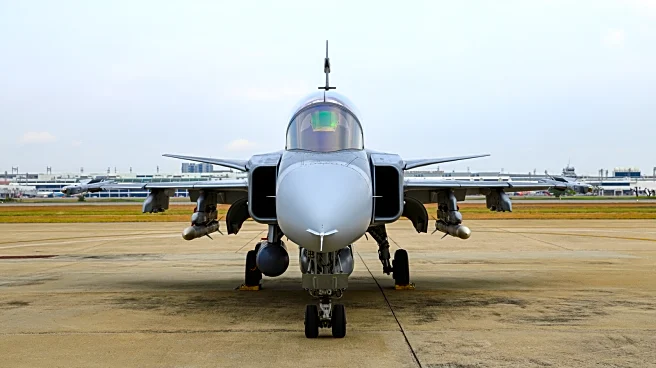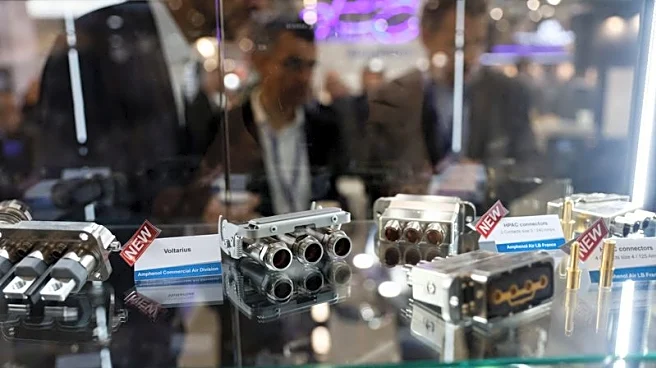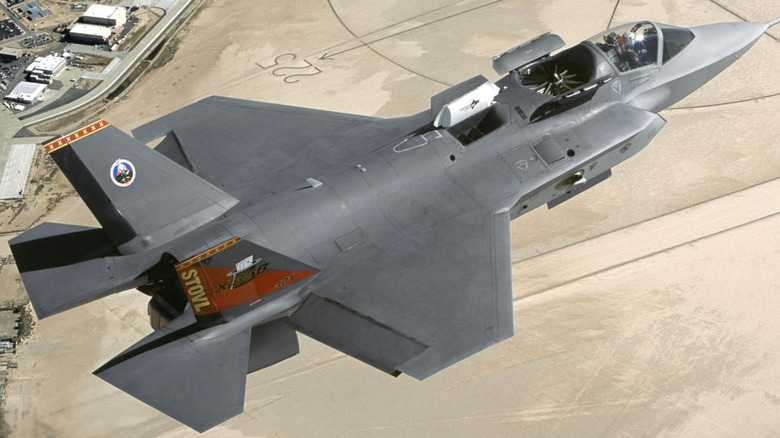
Most fighter jets have what is called a stall speed - the slowest the jet can go before it falls out of the sky. However, there are two fighter jets currently in service that can get around their stall speed and go even slower. One of these is the Lockheed Martin F-35B Lightning II, with the other being versions of the Harrier jump jet still used by the USMC and others. Both jets are the slowest fighters possible, because they are the only fighter jets currently able to hover -- their slowest speed when
in the air is zero. The F-35B is able to hover for about nine minutes, in terms of fuel consumption.
These jets are designed to operate in environments where space is limited, such as on aircraft carriers and forward, unimproved air bases. The F-35B is known as a Short Take-Off and Vertical Landing (STOVL) aircraft, and the Harrier is a Vertical / Short Take-Off and Landing (V/STOL). While both are technically able to take off vertically, they can carry greater loads if they get a short running start.
Read more: 11 Of The Most Iconic Ground Attack Military Planes In History
How The F-35B Can Hover
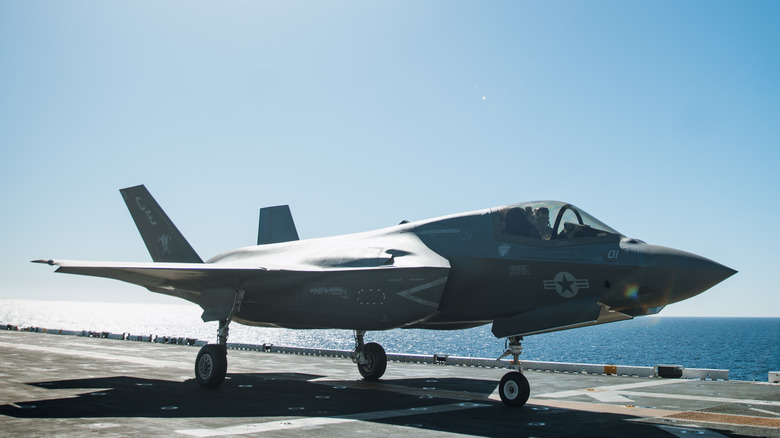
The F-35B uses a dedicated vertical thrust system that is located behind the cockpit of the jet fighter. This Rolls-Royce-built LiftSystem includes a flap behind the cockpit with a fan underneath. Once the flap rises, the LiftSystem fan's contra-rotating sets of blades drive air down enough to generate 20,000 pounds of thrust. Another 20,000 pounds of thrust comes from thrust nozzles connected to the main engine, so the aircraft produces thrust from two points. In all, the 40,000 pounds of thrust enables the jet to move vertically or hover in place.
The F-35B is mostly considered a ground attack aircraft, but it can hold its own against enemy aircraft. The fighter jet can carry two AIM-120C/D air-to-air missiles internally. It can also carry a 4-barrel 25mm GAU-22/A cannon in a pod under the center line of the fuselage. However, the aircraft cannot hover and fire.
The AV-8B In The 21st Century
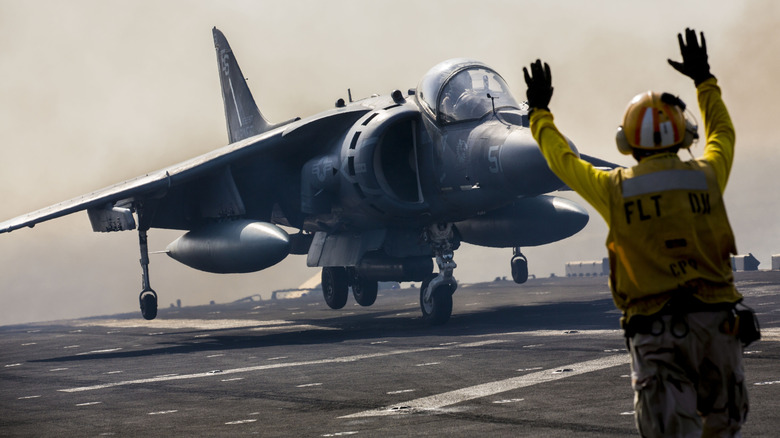
The F-35B builds on the experience of the U.S. Marine Corps and Royal Navy in utilizing the Harrier series of jet attack fighters since the 1970s. The Sea Harrier was an important component of the UK's arsenal in the Falklands War, downing Argentinean aircraft and losing none in air-to-air combat. Later versions have proven themselves in combat, ranging from Mediterranean no-fly zones to Central Asia. When designing the LiftSystem for the F-35B, Rolls-Royce leaned heavily on the lessons learned from developing the Pegasus engine that powered the Harriers through the current AV-8B.
Compared to the Harrier, the F-35B is easier to fly and stealthier. As the Marine Corps and other armed forces retire their Harrier fleets, countries such as Indonesia are looking to buy the aircraft. Despite their differences in age and price tag, the desire of armed forces to purchase the F-35B and AV-8B shows that there is a need for fighter jets whose ultimate slow speed is 'zero'.
Want the latest in tech and auto trends? Subscribe to our free newsletter for the latest headlines, expert guides, and how-to tips, one email at a time.
Read the original article on SlashGear.


